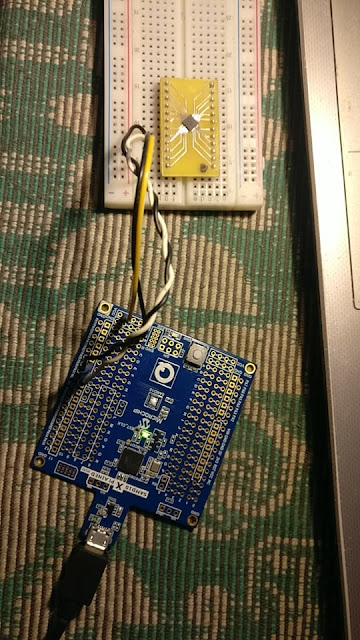Pretty advanced looking Soviet flip-chip SMD IC from 1991.

I was throwing a bunch of stuff out and found an old PCB with a very curious looking SIL package, that was encased in a plastic shell. And me being as curious as I am I had to tear it apart to see what's inside, and I'm glad I did. What I found inside were SMD components, which is pretty advanced stuff for 1991, not to mention a flip chip SMD IC, fancy. I believe this thing came from an old TV but I might be mistaken, anyways here are some photos. Backside of the substrate has some capacitors/quartz crystals? Chip desoldered. Underside of the chip.

